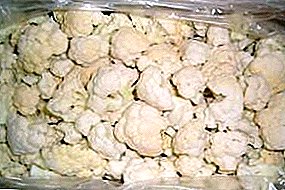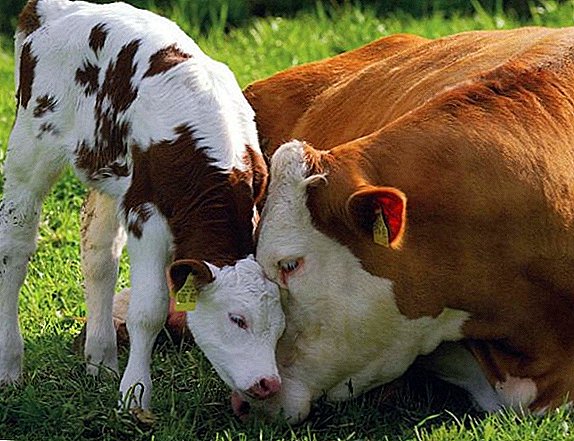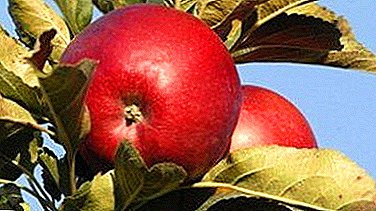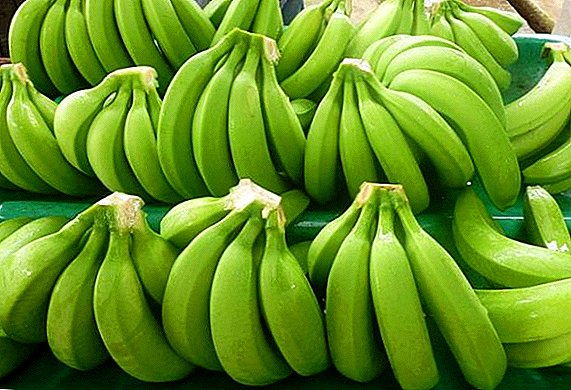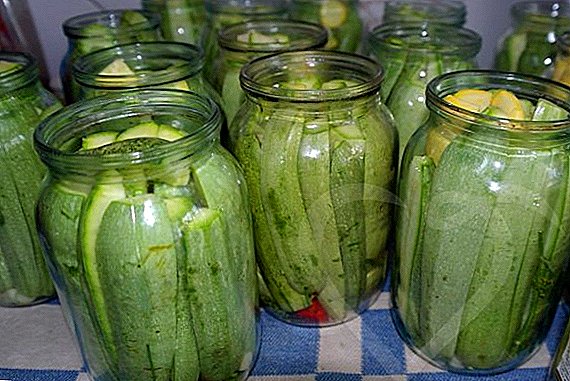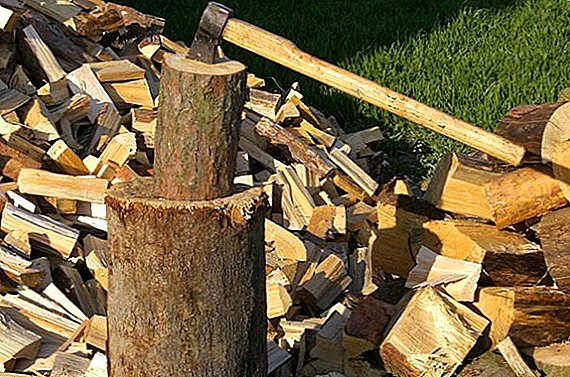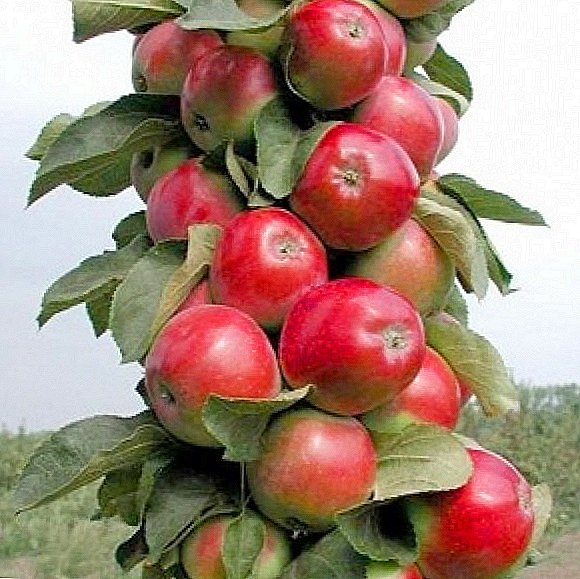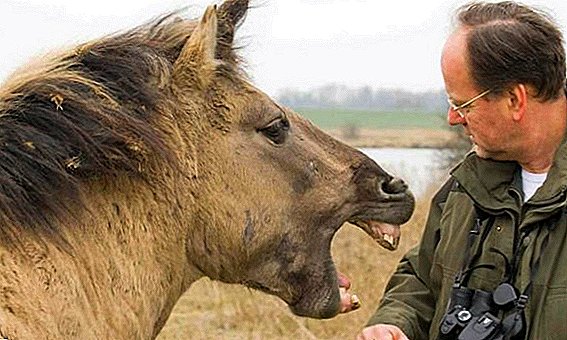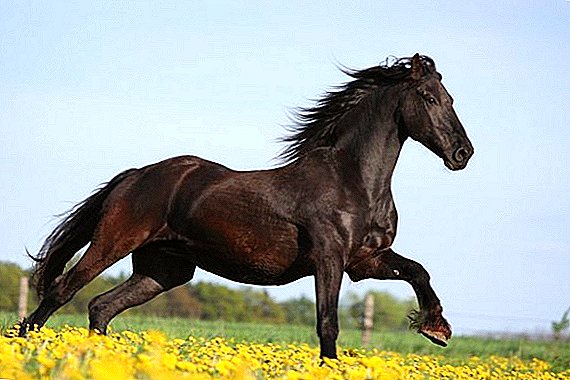 A horse is a large animal that moves on four limbs. The front pair of limbs carries 65% of the load, while the back pair - only 35%. In the process of evolution, the structure of the forelimbs of horses underwent changes. Now the front limbs allow the horse to move quickly through uncomfortable terrain and withstand considerable stress. In this article, we consider the structure of the horse's front limbs, their evolution, the mechanism of work and the common diseases of the limbs and hoofs.
A horse is a large animal that moves on four limbs. The front pair of limbs carries 65% of the load, while the back pair - only 35%. In the process of evolution, the structure of the forelimbs of horses underwent changes. Now the front limbs allow the horse to move quickly through uncomfortable terrain and withstand considerable stress. In this article, we consider the structure of the horse's front limbs, their evolution, the mechanism of work and the common diseases of the limbs and hoofs.
Evolution of the horse's forelimb
The ancestor of modern horses, orogippus, possessed long, four-fingered paws, each finger of which ended with small hooves. He did not know how to move fast and hid from predators in mountainous terrain, climbing up steep slopes. His hooves began to harden, middle fingers - to develop for better adhesion with the soil. The lateral fingers of the orohyppus, on the contrary, decreased, shifted higher and turned into rudiments. In modern horses, these fingers are present in the form of thin subcutaneous bones on both sides of the hoof.

Orohippus began to move at the tips of the middle fingers, thereby stimulating the development of the hoof. Along with the growth of the hooves, its speed increased, and it migrated to the steppe regions rich in plant food.
Important! If rudimentary fingers in the foal are excessively developed, they must be removed so that in adulthood the animal does not experience discomfort while running.
Horse forelimb structure
The horse's front limb is a complex system consisting of bones and muscles, which is designed for heavy loads and allows the animal to move quickly and easily. 
Scapula and humerus
The scapula is a flat base of the shoulder and is connected to the humerus through the shoulder joint. It is located just below the line of the withers and neck, and is connected to the neck and spinal column through the collarbone.
The most popular horse breeds are: Thoroughbred English, Tinker, Friesian, Falabella, Orlov trotter, Shire, Mousti, Shulen, Trakehner and Przhevalsky.
The blade length index affects the working qualities of the animal. The draft has low withers, the scapula, respectively, is small. Such a structure of the skeleton gives greater stability.  Riding horses have a high withers and a long shoulder blade with a small angle between it and the humerus. The longer the blade and the smaller its angle of inclination with respect to the shoulder, the more elastic the movement of the animal and the wider its step. Depending on the angle of inclination, the blade may be steep (large angle), oblique (small angle) and medium (normal angle). The developed long shoulder blade extends the front part of the body, which is typical of race horses.
Riding horses have a high withers and a long shoulder blade with a small angle between it and the humerus. The longer the blade and the smaller its angle of inclination with respect to the shoulder, the more elastic the movement of the animal and the wider its step. Depending on the angle of inclination, the blade may be steep (large angle), oblique (small angle) and medium (normal angle). The developed long shoulder blade extends the front part of the body, which is typical of race horses.
Did you know? The most sensitive parts of a horse’s body are its lips and hooves! Despite its hardness, hoofs are riddled with nerve endings and blood capillaries. The horse seems to feel the road when they are walking along it, and is driving its rider in the safest way. Besides horse hooves - This is the most effective of its weapons. A hit with a hoofed hoof is considered incredibly painful, and a non-hoofed hoof is more likely to kill the enemy than to injure.
Cubit
A well-muscled, developed elbow at rest should be firmly pressed against the chest of the animal. If the elbow is set aside or sags, then the chest and limbs of the horse are poorly developed, and such an animal will not be able to work.
Forearm
Connected to the elbow through cartilage. Movable and long, collected from the elbow and radial bones. At the level of the forearm there are important extensor muscles that move the metacarpus, therefore the forearm must be muscular and long. This structure of the limb gives the animal a smooth sweeping step. 
Wrist
This is a complex structure that consists of seven bones. The wrist should be wide, dry, clearly stand out above the metacarpus. The skin on a healthy wrist is stretched smoothly and thinly. When viewed from the front, the carpal bones should be symmetrical and rounded.
Important! Swelling of the skin on the wrist and an abundance of connective tissue on it indicate a developing internal inflammation. Inflammation is most often evidence of tendon distension, in which case treatment should be undertaken immediately.
Gangway and grandmother
The headstock is a spring mechanism that, together with a putt joint, softens the momentum from hooves hitting the ground. Grandma should be flat, not clumsy. When viewed from the side will be noticeable angle of the headstock to the ground, which normally is 60 °. Grandma is connected by cartilage with putty joints and hoof.  Tethered joints in healthy individuals are dry, sinewy and strong, have skin swelling on the inside covering the small sesamoid bones. These bones save the fetus from bending. As horses grow older, hard brushes grow from the guard hairs on the fetters, which protect the skin and tendons from injury.
Tethered joints in healthy individuals are dry, sinewy and strong, have skin swelling on the inside covering the small sesamoid bones. These bones save the fetus from bending. As horses grow older, hard brushes grow from the guard hairs on the fetters, which protect the skin and tendons from injury.
Did you know? Masai people revered horses for sacred animals. It was believed that a member of the Masai tribe, killed by a blow of a horse, immediately transferred to paradise. Mordvins did not lag behind Masai - their respect for horses was so great that women could ride on these animals, only wearing two skirts at once. It was believed that a woman could desecrate the sacred animal with the touch of her feet.
Pasties
It consists of two stones - metacarpal and slate. The metacarpus should be short, smooth and wide, with pronounced tendons. Based on the inspection of pasterns, evaluate the strength of the horse's legs. 
Corolla and hoof
At the base of the hoof are three bones: shuttle, coronary, hoofed. The beater halo is located above the coronoid bone and is responsible for the blood supply of the hoof.
Learn all about breeding horses at home.
The hoof on the horse's front limb is wider than on the back. The surface of the hoof is flat, with a large arrow (groove on the sole of the hoof), and a low heel bone. The darker the color of the hoof, the stronger it is. 
What happens to a horse's limbs when running
Horse joints act like door hinges and unbend in one direction only. During the step, the hoof hits the ground. The grandmother and the putt bone soften this blow, absorb it at the expense of tendons and transfer it further to the metacarpus and the wrist. The wrist is bent for the next step, the muscles transmit a higher impulse to the forearm, shoulder and scapula.
Important! The faster the animal moves, the more intense its circulation is, the better developed and lubricated articular bags. A horse that is little and slowly moving suffers from rheumatism, edema and problems with the blood supply to the limbs.There are several types of horse's natural gait. It is a step, trot, gallop and amble. These types of movement are distinguished by the speed and progression of extremities. The most familiar and simplest gait for a horse is a step in which the support is alternately performed in two, then in three limbs. The most difficult is an amble, it is peculiar to some wild horses, it is very difficult to train an animal in this gait. An animal walking amble, comes first on the left front and hind limbs, and then on the right front and back.
Diseases of the limbs and hooves of horses
Trained healthy limbs - the key to productive and successful animal work. Most diseases of the limbs of horses occur due to improper care and poor conditions.
Brockdown
The most common disease in riding horses. Occurs due to partial rupture of flexor tendons. One or two tendons on the metatarsus or pasterns can be damaged. The longer the metacarpus and grandmother, the higher the risk of brockdown. In addition to overloading, Brockdown can provoke too tight metacarpus and hereditary disposition.  To eliminate brocdaun, ice compresses are applied to the damaged tendons for the first two days, general anti-inflammatory drug Phenylbutazone is administered intravenously and local corticosteroids, such as Dexamethasone, are used.
To eliminate brocdaun, ice compresses are applied to the damaged tendons for the first two days, general anti-inflammatory drug Phenylbutazone is administered intravenously and local corticosteroids, such as Dexamethasone, are used.
Did you know? The right to be called the smallest horse in the world belongs to an animal named Thumbelina. In 2006, this crumb was added to the Guinness Book of Records. Her height at withers is 43 cm, and weight - 25 kg. The smallest foal in the world is the baby named Einstein. It belongs to the pinto breed, and at birth weighed only 2.5 kilograms.
Joint rheumatism
This is an extensive lesion of cartilage collagen tissue by streptococcal bacteria. Rheumatic seizures are preceded by acute pains that last from twelve hours to days. The condition for the emergence of rheumatism is the content in wet areas, sudden changes in temperature after exercise.  The horse, which is tormented by rheumatism, keeps the diseased limb on weight, scrubs it litter. Examination and palpation can reveal puffiness and fever at the site of injury. Most often affects hock, less often - knee joints. If you do not resort to treatment, the cartilage will increase five times a day, and lymph may appear on the skin. Treatment of an acute attack is carried out by intramuscular injection of 15 ml of Diclofenac or Reopirin.
The horse, which is tormented by rheumatism, keeps the diseased limb on weight, scrubs it litter. Examination and palpation can reveal puffiness and fever at the site of injury. Most often affects hock, less often - knee joints. If you do not resort to treatment, the cartilage will increase five times a day, and lymph may appear on the skin. Treatment of an acute attack is carried out by intramuscular injection of 15 ml of Diclofenac or Reopirin.
Important! In order to increase the effectiveness of treatment and shorten the recovery period, it is necessary to warmly wrap sore joints after injections and, if possible, put warm heaters on them.
Edema (filling) of joints
It is a soft thickening in the area of the joint. The horse does not feel discomfort when it appears. The reason for the appearance is a sedentary lifestyle, the imposition of fetters, disproportionate loads in young animals, bruises. The best prevention of filling will be walking the animals at least four times a day and rationing loads. 
Corns
Occur due to excessive pressure on the hoof, stuck in the fabric of the hoof pebble or a long time unchanged knocked horseshoe. It looks like a horny bleached thickening.

If you find a corn in the horse, the horseshoe should be removed immediately, the corn must be carefully cut out, and an alcohol poultice should be applied to the damaged place. To prevent the appearance of corns, you need to regularly inspect and clean the hooves.
Did you know? The most common horse name in the world is Zhu Han, which means “go to the owner” in Chinese. China has the largest number of horses compared to other countries. Perhaps this explains the popularity of this name.
Laminitis
The second name of this disease is opoy. This is an inflammation of a thin sheet layer (lamina) connecting the coffin bone to the horn shoe. When laminate sheet layer is not supplied with blood, its tissues begin to die off and increase in size. A horse with laminate puts a hoof on the heel and immediately raises it. The local temperature of the hoof rises, the arteries above the fetter joint pulsate rapidly.  First of all, it is required to restore the blood circulation in the hoof, for which nitroglycerin lotions are placed on the area of the corolla. During the recovery period, the animal is being walked on wet, cold sand; it is given regular injections of drugs that improve blood circulation, such as Heparin and Isoxuprine.
First of all, it is required to restore the blood circulation in the hoof, for which nitroglycerin lotions are placed on the area of the corolla. During the recovery period, the animal is being walked on wet, cold sand; it is given regular injections of drugs that improve blood circulation, such as Heparin and Isoxuprine.
Scaphoid bone
The cause of the disease of this bone is excessive load or improper constitution of the walls of the hoof. Only the forelimbs suffer from this disease.  The horse begins to limp, kneel, and bend the hoof anterior to the ground to reduce pressure on the painful area. There are special orthopedic horseshoes, the installation of which will reduce the load on the navicular bone and eliminate the painful sensations.
The horse begins to limp, kneel, and bend the hoof anterior to the ground to reduce pressure on the painful area. There are special orthopedic horseshoes, the installation of which will reduce the load on the navicular bone and eliminate the painful sensations.
Important! During the period of wearing new horseshoes, the horse must be injected intramuscularly with local anti-inflammatory drugs. An animal that continues to experience pain in the bone will put its hooves all the same wrong, and the efficiency of reforging will be zero.
Osteitis
This is inflammation, and then suppuration of the coffin bone, which is a consequence of laminitis. It occurs due to demineralization of hoof tissues and its frequent tremors. The animal appears shuffling gait, it shifts the load from the front hoof to the rear. Infected hoof should be cleaned, disinfected and twice a day put spirit lotions under clean bandages. It will not be possible to fully restore the damaged tissue, but there is a possibility of installing horseshoes with a low nose and a thickened heel. They will balance the hooves and prevent re-suppuration.
Zhabka

It is a specific circular growth around the headstock and is a consequence of a severe injury that the animal suffered on its feet. The buildup gradually increases, the temperature rises locally.
There is no cure for a frog. Relieve the animal's condition by giving it anti-inflammatory drugs during periods of high stress.
Did you know? The largest horse in the world is no longer alive for more than a century and a half. In the 1840s, a horse was born in Bedfordshire, England, later named Samson. At the age of three, this giant weighed more than one and a half tons, and its height at the withers was 2 meters 20 cm. The record of this representative of the Shire breed has not been beaten yet.
Mokretsy
The hind limbs of light-colored horses are most often affected and appear in the brush area. Moths are also called squats, their appearance provokes infection by bacteria Dermatophilus congolensis. The affected skin is covered with small blisters, which ripen, burst and overgrown with a dark crust. Crusts eventually disappear, and in their place remains a delicate pink skin that cracks at the slightest loads. 
In order to prevent the occurrence of biting midges, horses should not be allowed onto wet, dirty ground. If you still had to walk animals in the mud, you should wash your limbs with warm soapy water and dry. At the first appearance of biting midges, it is necessary to treat the affected areas with a weak solution of potassium permanganate, cut out the wool around biting midges, wipe the legs dry and smear them with Liniment syngomycin.
Important! In advanced cases of biting midges it is necessary to put local injections of penicillin during the week, 20 ml each day. Bursting blisters should be powdered with coal powder or streptocide, and bran heals should be placed on the healed crusts for quick healing without scarring.The horse's forelimbs are complex structures gathered from bones, joints, and terminated by hoofs. They work intensively with fast and slow gait, absorb shock to the ground, allow the animal to maneuver. The health of a horse's limbs depends on the quality of its care and its mode of operation. Animals who suffer excessive loads suffer from inflammation and mechanical injury. Based on this, the best remedy for all diseases of the limbs will be to prevent their occurrence.


